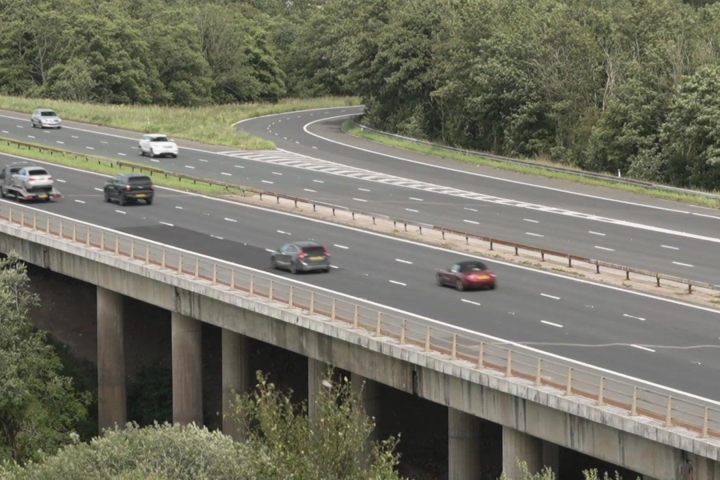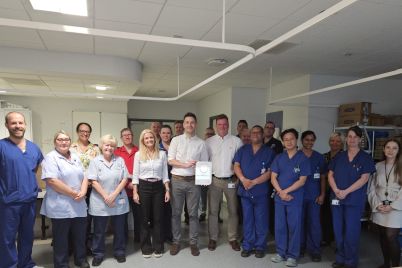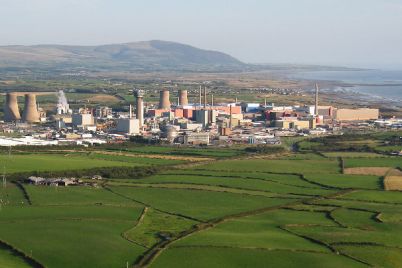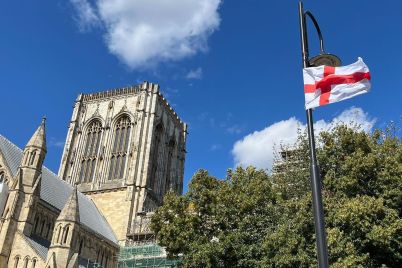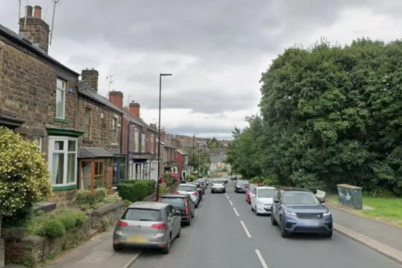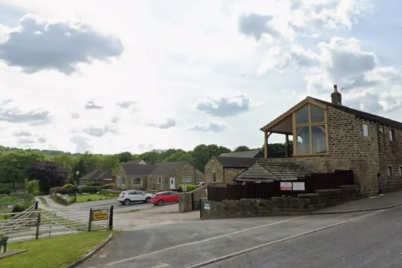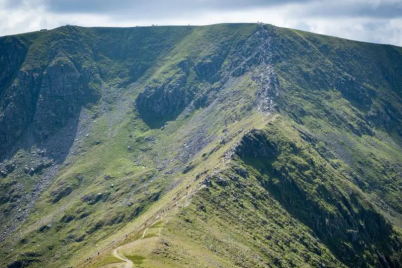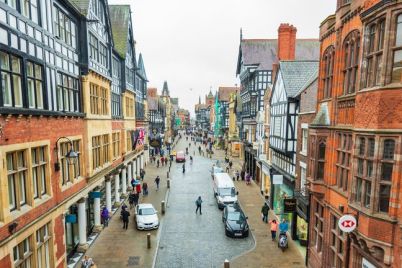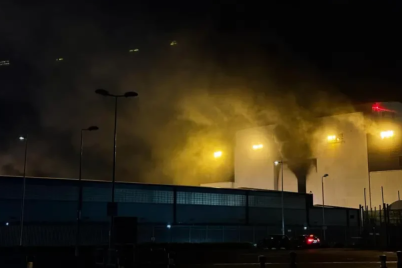National Highways has reversed its plans to close Lawtland House Bridge during major repairs on the M6 through the Lune Gorge in south Cumbria.
The U-turn comes after widespread concerns that closing the bridge would severely disrupt local traffic. Communities like Tebay, Orton, and Roundthwaite feared being cut off and traffic being forced onto narrow country lanes.
The M6 project, scheduled to start in spring 2027 and run until 2031, involves repairing eight bridges along a six-mile stretch of motorway between junctions 37 and 38. Seven of these carry the motorway itself. Lawtland House Bridge, which carries the A685 over the M6, was initially included in the closures but will now remain open until after the main work is complete.
Local businesses have welcomed the news. Catherine Parsley, owner of Orton Scar Café, said: “It will definitely help and then the whole of Tebay and Roundthwaite aren’t actually gridlocked. If that bridge is open, at least everyone can still get to Kendal and vice versa – it’ll be so much easier.”
National Highways said the decision reflects both engineering priorities and public feedback. Lawtland House Bridge is the only bridge in the scheme that passes over the M6 rather than supporting it, and engineers determined its condition is less critical than the motorway-carrying structures.
The agency emphasised that the change only affects the bridge. Junction 38 will still be partially closed for the majority of the four-year project. National Highways has said that access will be maintained wherever possible, with only occasional overnight or weekend closures for safety reasons.
Tim Farron, Liberal Democrat MP for Westmorland and Lonsdale, welcomed the decision on Lawtland House Bridge but reiterated concerns about junction 38. He called on National Highways to consider temporary slip roads to reduce disruption to local communities, warning that the partial closure would have a “devastating” impact on residents, businesses, and farms.
National Highways ruled out temporary slip roads, citing cost, environmental impact, and the complexity of building across the River Lune. Adam Williams, a spokesperson, said: “Junction 38 will be accessible for the duration of the project, apart from the occasional overnight or weekend closure where necessary for the safety of road users and road workers.”
The bridge repairs are essential because the eight structures, built over 60 years ago, are reaching the end of their serviceable life. Engineers will replace bridge beams, reconstruct decks, and carry out other maintenance work to ensure the motorway remains safe for millions of drivers.
A contraflow system will allow traffic to continue on the M6 during the works. National Highways says this innovative design approach reduces the time required by two-thirds compared with replacing each bridge individually.
In addition to the motorway work, temporary closures of two footpath routes in Tebay have been approved for six months. These allow workers to safely install access platforms to reach the M6 and bridges without closing the motorway. The agency will reopen the footpaths sooner if possible and post notices about closures.
Community response has included petitions and campaigns. Over 1,700 signatures were collected to keep junction 38 fully open. Residents and local councils stressed the importance of maintaining access for businesses, farms, and emergency services.
While junction 38 will still face partial closures, keeping Lawtland House Bridge open significantly reduces the risk of gridlock and ensures that travel between villages and towns like Kendal remains possible.
National Highways says the project will improve the safety and longevity of the motorway and minimise long-term disruption. Prioritising the most critical structures while listening to community concerns demonstrates a balance between infrastructure needs and local impact.

